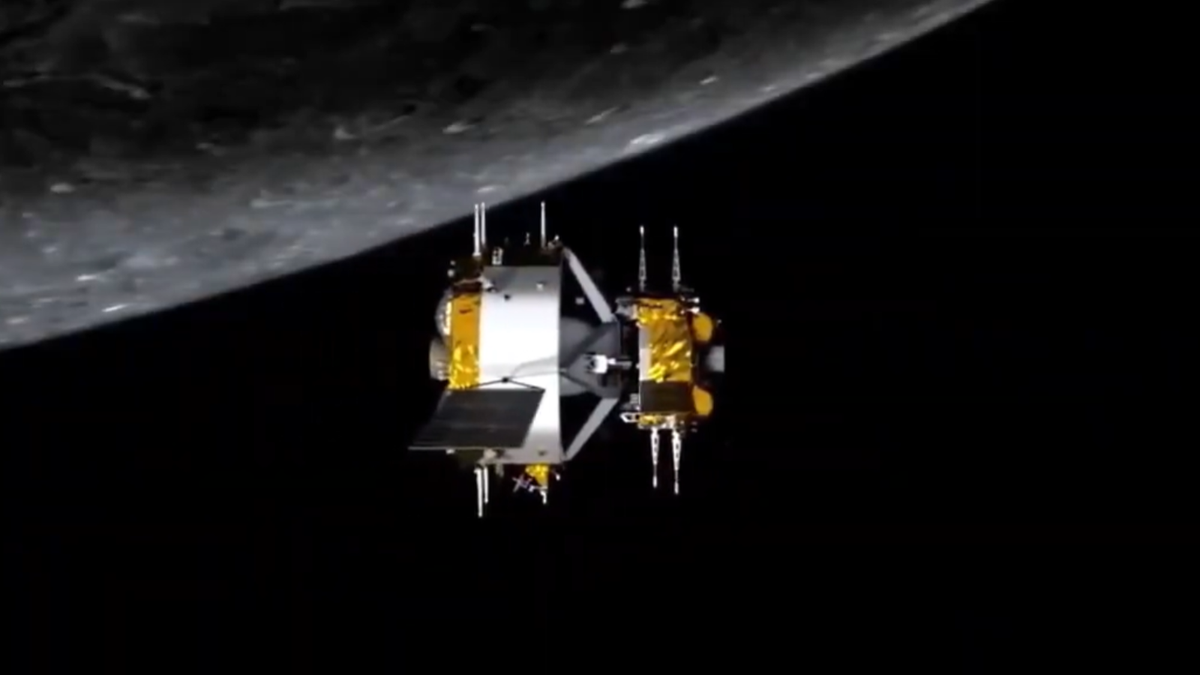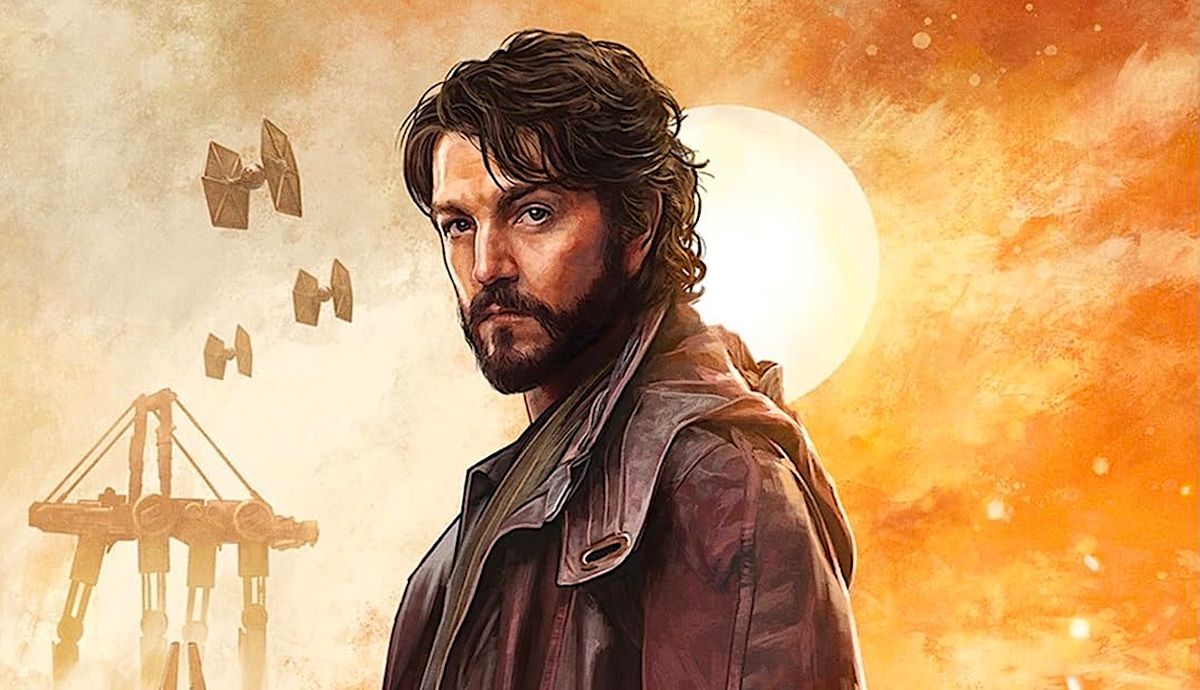Delayed Crewed Moon Swingby Sparks Reentry Heat Shield Data Investigation
Earlier this year, NASA revealed a postponement of the crewed Artemis 2 swingby of the moon, now scheduled for September 2025. The delay was made to allow completion of a practice run for the subsequent Artemis 3 mission which is slated to land astronauts near the lunar south pole in 2026.
Reasons for Delay
One of the primary factors cited for the 10-month delay was the need to thoroughly investigate the reentry heat shield data from Artemis 1. This mission involved sending an uncrewed Orion capsule to lunar orbit and back.
Engineers have been meticulously studying the data gathered from the Artemis 1 mission, which commenced with a launch by NASA’s Space Launch System megarocket on November 16, 2022. The 25-day mission drew to a close on December 11, 2022, with the Orion capsule splashing down under parachutes in the Pacific Ocean off Baja California.
Challenges Faced
One of the significant challenges encountered during the reentry was related to Orion’s heat shield and its performance at the staggering reentry speed of 25,000 mph (40,000 kph). While the heat shield adeptly protected the capsule during reentry, subsequent analysis revealed unexpected differences in the ablative wear pattern as compared to predictions.
Areas of the heat shield that were expected to be charred ablated in an unforeseen manner, and there was slightly more liberation of charred material during reentry than had been anticipated.
Traditional Material, Modern Process
Orion’s heat shield material, known as Avcoat, has its roots in the Apollo program of the late 1960s and early 1970s. Despite its vintage nature, the production process for Orion’s thermal protection system has been modernized.
Lockheed Martin, the key player in the development of Orion’s heat shield, implemented a streamlined manufacturing process for Avcoat blocks. These pre-machined blocks are now bonded in place on the heat shield’s carbon fiber skin, cutting down production time significantly.
According to Lockheed Martin, the new process not only reduces production time but also results in cost savings, highlighting the innovation in manufacturing techniques.
Root Cause Analysis
Post-flight inspection of the Artemis 1 Orion heat shield revealed unexpected char layer loss and Avcoat cracking. NASA has been focused on identifying the root cause of these issues through extensive ground testing and data analysis.
Tests were conducted at the Laser Hardened Materials Evaluation Laboratory in Ohio and NASA’s Arc Jet Complex in California to simulate the intense reentry conditions faced by the Orion capsule.
Lockheed Martin also played a pivotal role in investigating the heat shield anomalies and providing insights to ensure the safety and efficiency of future missions.
Conclusion
While challenges remain in understanding the heat shield issues encountered during the Artemis 1 mission, NASA and its partners are committed to addressing these concerns through rigorous testing and analysis. The ultimate goal is to ensure the safety of astronauts and the success of upcoming missions to the moon and beyond.
Image/Photo credit: source url





